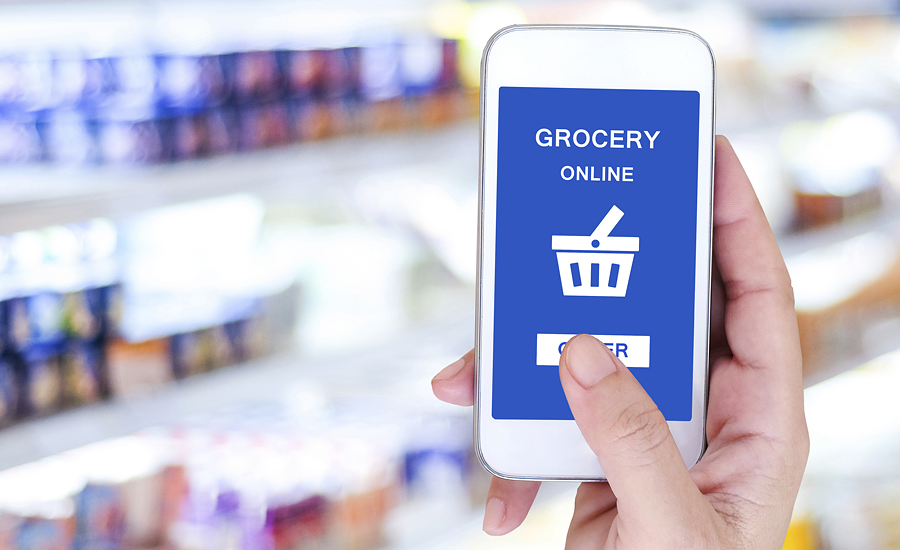Food Marketing Institute (FMI), Arlington, Va., and Nielsen, Chicago, released its second-year findings of its “Digitally Engaged Food Shopper” study. Building on the joint research findings issued in 2017, this second set of insights examines what food and beverage manufacturers and brick-and-mortar retailers need to do to ready themselves for the rising digital grocery landscape, identifying six digital imperatives for omni-channel success. The research indicates that in as few as 5-7 years, 70% of consumers will be grocery shopping online. Now, the estimated $100 billion spend, which is equivalent to every U.S. household spending $850 online for food and beverage annually, will occur by 2022 or 2024
Key findings from this year’s study show that omni-channel shopping has passed the tipping point with online grocery shopping on an accelerated path to industry saturation. The first year of research predicted that consumer online food and beverage spend could reach $100 billion by 2025. The FMI and Nielsen report reveals that the pace of change and adoption has far outrun initial predictions, where the pervasiveness of online engagement could cut the timeline by as much as half.
“The grocery industry is currently in the age of digital experimentation, where the roadmap on how to navigate and achieve real and profitable growth continues to evolve,” says Chris Morley, U.S. president fast-moving consumer goods and retail, Nielsen. “While analytics will continue to be critical for retailers and manufacturers to understand the digitally engaged food shopper on a deeper level, a collaborative approach to balancing physical and digital sales strategies is the key to unlocking omni-channel success.”
Digital transformation imperatives for omni-channel success
Two crucial parts of the research were the FMI-Nielsen Digital Readiness Assessment Survey and in-depth interviews across many operational functions of grocery retailers and manufacturers. That work revealed six organizational imperatives that can help retailers and manufacturers accelerate their omni-channel success:
- Align organizational structures for omni-channel success. Integrate digital offerings in parallel with brick-and-mortar operations.
- Address discrepant datasets. Scrub master data files for discrepancies; strength in data and accuracy is a critical component to successfully supporting online sale efforts.
- Integrate forecasts to increase operational efficiencies. Integrate online and offline forecasting, so the right amount of inventory is available to meet orders through either channel.
- Optimize shopper insights. Bring retailer and manufacturer shopper information together into a single, comprehensive view of customer insights.
- Improve marketing and promotions. Optimize the management of omni-channel marketing and promotions.
- Merge digital and in-store shelf capabilities. Manage the physical shelf and its digital counterpart to create a seamless shopping experience, where consumers see the same information both on or offline.
“People, process and technology are the trifecta for a true omni-channel collaboration model,” says Mark Baum, FMI chief collaboration officer. “No matter the maturity stage, food retailers and their CPG business partners will find value in leveraging these six organizational imperatives as they respond for a more digitally engaged consumer.”

